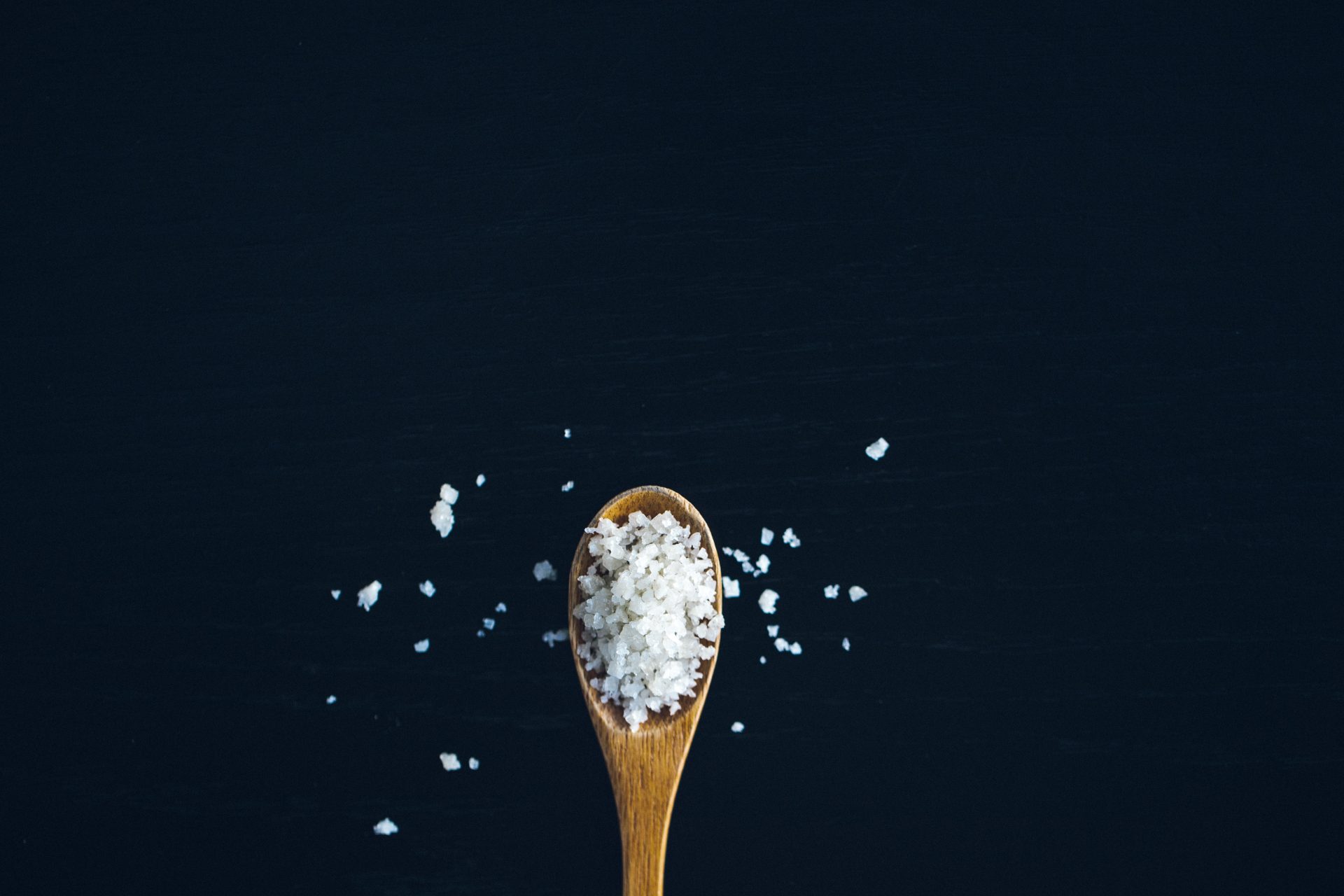Do you need to eat more salt if you’re exercising?
How much salt should you really be eating and do you need more if you exercise? An expert nutritionist explains the truth about sodium intake…
If you’ve ever done a lot of exercise, you may have heard a little about getting enough sodium into your diet. Whether it’s to restore what you sweated out or to help your muscles recover, the advice is kind of against everything else you’ve been told about nutrition. That is, limit your salt intake to protect your heart.
You may also like
Should you eat before or after you exercise?
So what actually is salt, how much should you really be having, and how does exercise affect that? We asked an expert nutritionist for her advice.
What’s the difference between salt and sodium?
Firstly, it’s important to distinguish between salt (the substance you sprinkle on your dinner) and sodium – a naturally occurring nutrient. Sodium makes up around 40% of salt, but it can also be found in some dairy products including milk and yoghurt, as well as egg yolks and celery.
How much salt should you have a day?
According to the NHS, adults should eat no more than 6g of salt a day (which is equivalent to 2.4g sodium) – that’s around 1 teaspoon. However, “this should be seen as a maximum, not a target,” says dietician and sports nutritionist Dr Linia Patel. “In other countries, such as America, the maximum is 4g, and there have been campaigns in the UK to reduce the recommended upper limit.”
Currently, the NHS figures show that as a nation we are eating above the recommended salt intake at around 8.1g. It’s hard to put this in real terms, as sodium levels in foods varies hugely depending on the brands, but it is usually added to:
- cured meats
- breads
- cereals
- cheeses
- sauces
- ready meals

Do you need salt if you’re exercising?
According to Harvard University, the human body needs around 500mg of sodium a day to conduct nerve impulses, contract and relax muscles and maintain the proper balance of water and minerals. So what happens if you don’t get enough? According to Dr Patel, not a lot would happen if you cut out table salt or seasoning food with salt yourself, as it’s very easy to hit your necessary intake of 500mg of sodium from eating a balanced diet that includes dairy, eggs, bread, cereals and sauces.
“However, if you are exercising a lot or heavily sweating – so losing more than you take in – you may find that you suffer from muscle cramps,” she says. “If you are doing a lot of endurance sport (such as training for a marathon) and finding you are cramping that might be an indicator that you’re a heavy salt sweater and that might be an indicator that you need to replace your salt as well as your fluid after exercise.
“But for the majority of the general public who are just going to the gym or running, they do not need to be worrying about replacing their salt after exercise.”
Too much salt is actually a bigger problem than not enough, points out Dr Patel. “Too much sodium is associated with a risk of high blood pressure, which can lead to stroke,” she says. Too much salt can also lead to poor bone and brain health, and new research published in the journal Circulation found high amounts of sodium can impact immunity by disrupting the respiratory chain too.
What type of salt is best?
If you are reaching for pink Himalayan salt over finely milled table salt due to the so called health benefits, Dr Patel wants you to know this: “It doesn’t make a difference which type of salt you pick.”
While some salts may claim to have other micronutrients in them, “these are in marginal amounts and, at the end of the day, you should not be looking to salt in order to get your micronutrients in,” says Dr Patel. “Whether you’re paying £10 or 10p, sodium is still sodium.”
Follow @StrongWomenUK on Instagram for the latest workouts, delicious recipes and motivation from your favourite fitness experts.
Images: Unsplash
Source: Read Full Article


